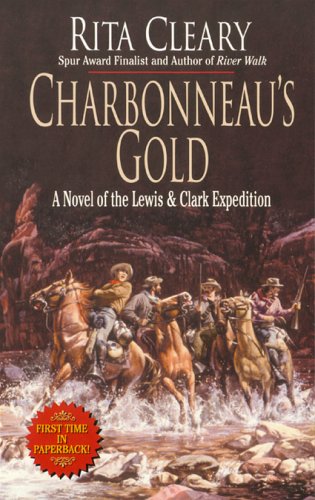Charbonneau’s Gold
The novel opens in 1804 as the Lewis and Clark expedition prepares to depart from Fort Mandan in the Dakotas. It is here that John Collins, the protagonist, encounters the Frenchman Toussaint Charbonneau. After a brief scuffle, the two men become instant enemies. When the expedition sets off for the Pacific coast, Collins, along with his close friend François Labiche and the other members of the company, discover that Charbonneau and one of his wives, Sacagawea, will be going along. Throughout the spring, summer, and fall, the expedition traverses the Northwest, encountering numerous obstacles, including native Indians, bad weather, harsh terrain, and the Rocky Mountains. Charbonneau, whose real motive is greed, proves to be useless as a guide, but his wife, who was stolen from the Shoshone as a child, is invaluable when they encounter the tribe. Through her intercession, the Shoshones literally save the expedition from certain doom. The facts of this historical event are well known, including Sacagawea’s reunion with her brother, a tribal leader. Rita Cleary’s fictional rendition is a lively spin on history; a compelling account of an extraordinary event in American history.










